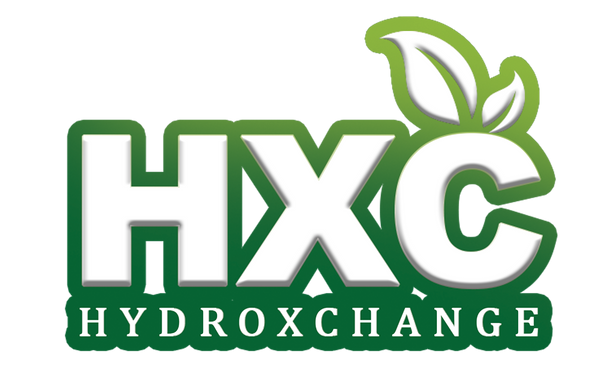In the vast landscape of American agriculture, the traditional image of farmers toiling in vast fields under the open sky has been undergoing a transformation. With the growing global population and the increasing strain on arable land, innovative solutions are essential to sustain and enhance agricultural productivity. One such solution that has been gaining traction in the United States is hydroponics.
The Changing Face of US Agriculture
US agriculture has a rich history rooted in traditional farming methods that span generations. However, the demands of the 21st century present new challenges that necessitate a departure from conventional practices. Hydroponics, a soilless cultivation technique, emerges as a promising alternative that offers increased efficiency, reduced environmental impact, and year-round crop production.
What Are Hydroponics?
At its core, hydroponics involves cultivating plants without soil, using nutrient-rich water solutions to deliver essential minerals directly to the plants' roots. This method eliminates the need for traditional soil-based agriculture, providing a controlled environment where factors like temperature, light, and nutrients can be precisely regulated.
Benefits of Hydroponics in US Agriculture
Resource Efficiency
Hydroponics optimizes the use of resources. By delivering nutrients directly to plants, it reduces the amount of water required for cultivation compared to traditional farming. In a time where water scarcity is a significant concern, this resource efficiency is crucial for sustainable agriculture.
Space Utilization
One of the significant advantages of hydroponics is its ability to maximize space utilization. This is particularly important in the context of urban agriculture, where available land is limited. Vertical farming, a concept closely associated with hydroponics, allows for the cultivation of crops in stacked layers, making it possible to grow more with less space.
Year-Round Crop Production
Hydroponics enables year-round crop production, eliminating the dependency on seasonal changes. This is a game-changer for the US agriculture sector, allowing farmers to maintain consistent yields regardless of external weather conditions. This stability in production contributes to food security and a more reliable supply chain.
Reduced Environmental Impact
Traditional agriculture often involves the use of chemical fertilizers and pesticides, which can have adverse effects on the environment. Hydroponics minimizes the need for such chemicals, creating a cleaner and more environmentally friendly cultivation process. The controlled environment also reduces the risk of soil erosion and nutrient runoff.
Higher Crop Yields
The precise control over nutrient delivery and environmental factors in hydroponics systems often results in higher crop yields compared to traditional methods. This increased efficiency is a key factor in meeting the growing demand for food in the face of a rising global population.
Hydroponics in Action: Real-Life Examples
Several farms across the United States have embraced hydroponics, showcasing its potential to revolutionize agriculture. One notable example is Gotham Greens, a company that operates high-tech urban greenhouses in various cities, including New York and Chicago. These greenhouses utilize hydroponics to produce a wide variety of leafy greens and herbs.
Additionally, large-scale operations like Bowery Farming leverage hydroponic systems to grow crops indoors. Their vertical farms are designed to optimize space, using automation and data analytics to monitor and control the growing conditions for each plant.
Challenges and Considerations
While hydroponics offers numerous benefits, it is not without its challenges. The initial setup costs can be significant, and farmers may need to invest in specialized equipment and technology. Moreover, there is a learning curve associated with mastering the intricacies of hydroponic cultivation.
Additionally, critics argue that the energy consumption of indoor hydroponic systems, particularly the use of artificial lighting, raises concerns about the overall sustainability of this method. Addressing these challenges will be crucial for the widespread adoption of hydroponics in US agriculture.
The Future of US Agriculture
As the world grapples with the need for sustainable and efficient agricultural practices, hydroponics emerges as a beacon of hope for the future of US agriculture. The ability to produce more food with fewer resources aligns with the goals of environmental stewardship and food security.
Government initiatives, research and development, and collaborations between the private sector and academia can further propel the integration of hydroponics into mainstream agriculture. Education and support for farmers willing to make the transition will be essential in ensuring a smooth and successful adoption of hydroponic techniques.
Conclusion
Hydroponics represents a transformative force in the landscape of US agriculture. Its ability to overcome traditional constraints, increase resource efficiency, and ensure year-round crop production positions it as a viable solution for the challenges of the 21st century. As the nation looks toward a future of sustainable and resilient agriculture, hydroponics stands as a beacon of innovation, reshaping the way we grow and consume food in the United States.



